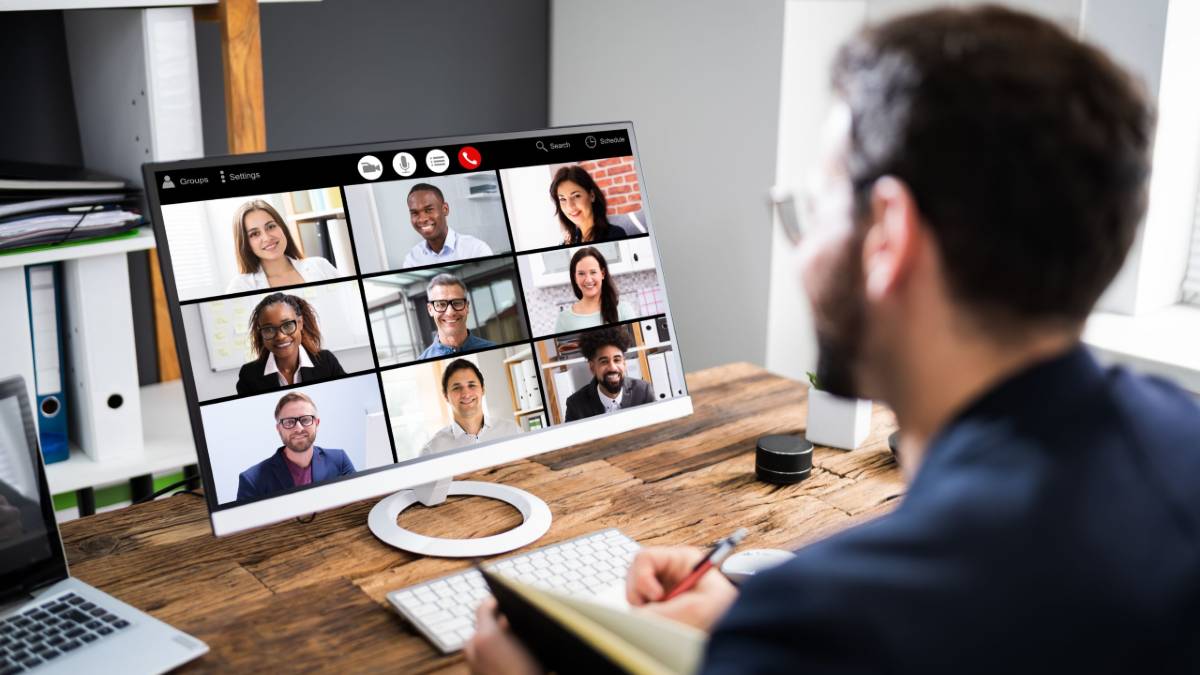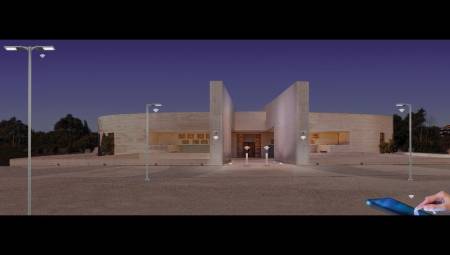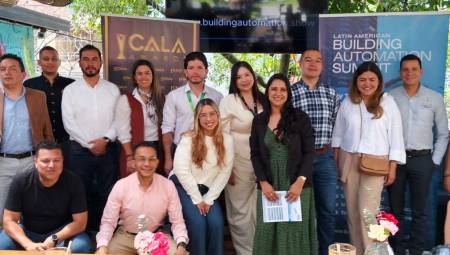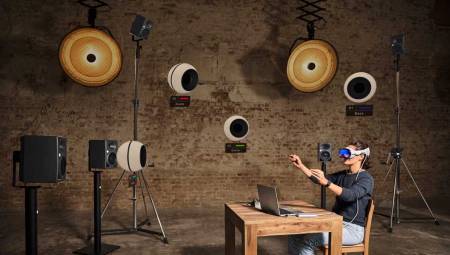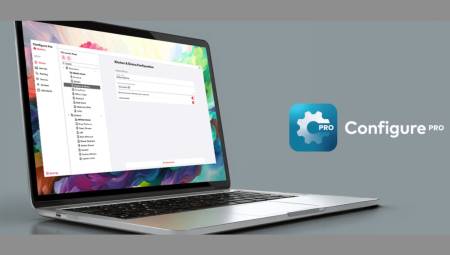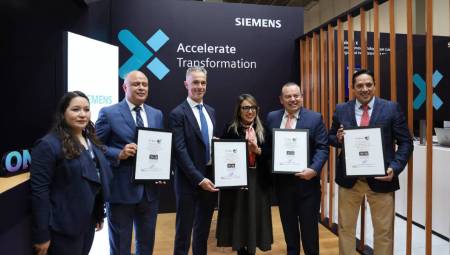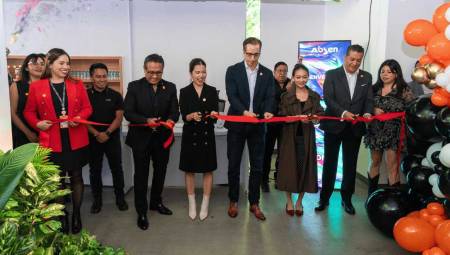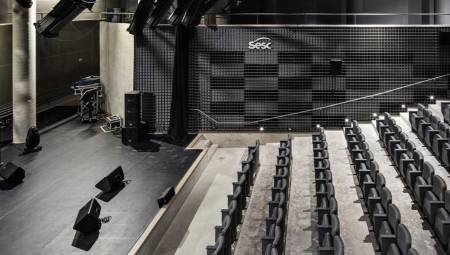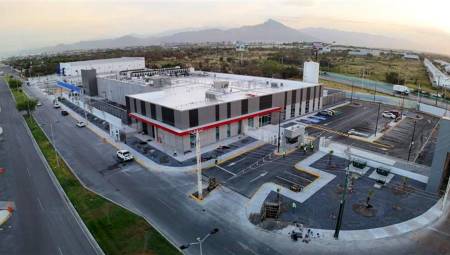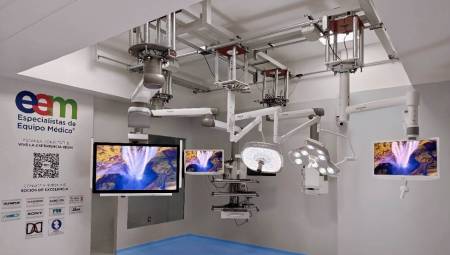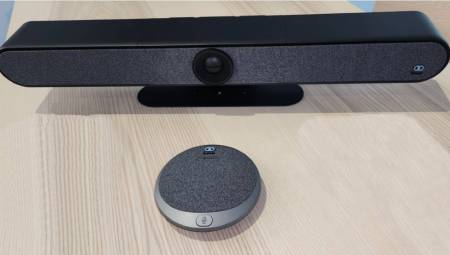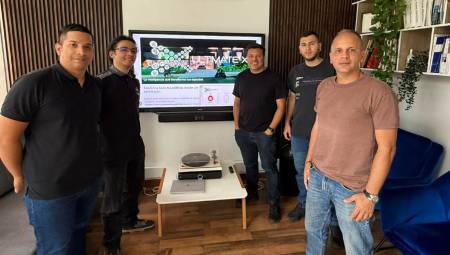Latin America. Although it is difficult to imagine, only three or four years ago meetings were mainly held with all participants in person, gathered around a conference table in the same room. Occasionally, participants "attended by phone," but this was far from the norm.
Fast forward to 2023.
In many cases, today's meetings are comprised of face-to-face and remote participants, significantly changing audio/video and facility requirements for successful collaboration and effective communication. Now more than ever, employees need to rely on technology and creative meeting spaces to ensure their voices and ideas are heard and conveyed as effectively, and equitably, remotely as they would in person. It is not an easy task for professionals in today's facilities. And with increasing pressure to ensure a positive and productive employee experience, time is of the essence.
While many facilities may have the "right" technology, from Unified Communications and Collaboration (UCC) applications to audio and video solutions for conference rooms, meeting equality goes far beyond your technical considerations. How employees view their opportunity to participate in meetings can have a fundamental impact on company culture, interpersonal relationships, employee engagement, and overall job satisfaction. These high-impact considerations are not discussed enough and have become an important responsibility for facility professionals today.
Why equality in meetings matters
The hybrid meeting experience today is often more difficult for remote participants due to a mix of factors, from misconduct in meetings (e.g., silencing other participants or multitasking) to unclear expectations (such as using cameras or where the meeting should be held from), going through poor quality conference room equipment and sound problems.
Remote participants often report that they find it difficult to follow the conversation for several reasons. For example, the microphone picked up and prioritized the nearest sound (which could be a side talk rather than an influential speaker at the meeting); Participants were seated at a long conference table with only one camera, which made it difficult to see the speaker, and there were inequalities when trying to participate in the conversation, as they realized that they were not heard as clearly as face-to-face participants or were not taken into account in the same way.
So what's the problem with all these situations?
First of all, who is speaking is important. If an employee can't clearly understand who is speaking, they may struggle to determine how to prioritize action points and know who expects what after the meeting.
Second, these meetings may not be productive. If everyone sitting at the real (and virtual) table can't be seen, heard, or follow the conversation, they'll probably tune out and might even feel frustrated or unmotivated. This can directly affect employee engagement and productivity. Third, if your contributions cannot be easily recognized, this could affect job satisfaction and career path.
The reality is that we all continue to learn, and the ability to deliver a completely seamless and equitable meeting experience can be challenging. But as a facilities professional, there are critical steps you can take today to help overcome common obstacles and show employees that their contributions are heard and valued, regardless of where they work.
Enabling Equality: Essential Tips You Can Implement Today
Here are three critical steps to help achieve greater meeting equality for all employees and help ensure your facility offers the technology and meeting space requirements needed to best support hybrid working.
1. Consider office furniture: A traditional, long conference table will not create as collaborative an environment for hybrid labor as an arcing table facing the screen and remote participants. From now on, it will be necessary for facility professionals to consider which rooms are chosen as conference rooms and how these rooms can incorporate wheeled tables that, for example, can be repurposed for different meeting modalities in order to ensure that all employees can participate equally.
2. Prioritize high audio and video quality to create unity: 4K video helps all participants feel like they are sitting together at the same table (for example, by implementing tools that move the camera toward the speaker) and the audio over IP system (compared to analog audio over a phone line connection) provides superior audio quality. These are two simple steps that should be taken to avoid the usual frustrations related to audio and video quality issues.
3. Create equality in conversations: When deciding which collaboration tool to adopt, research how these platforms can contribute to equality in meetings. For example, some platforms offer a "gallery" view mode in which each participant appears in their own box, and all boxes are the same size on the screen. When all participants are in their own boxes, they can see each other clearly, and when speaking, their box will light up, avoiding confusion about who is speaking. In addition, by being all participants in a "box" of the same size, employees acquire a sense of equality and the same possibility to "share their voice" in the meeting.
Hybrid work is here to stay, and there is more pressure than ever to ensure a productive and positive workplace. Taking the time to understand employee frustrations and the common challenges associated with meetings will be critical to making strategic facility-related decisions and supporting employee engagement, regardless of where they work. Taking into account both technical and meeting space requirements is essential to deliver a more enjoyable and equitable meeting experience.
 Text written by: Phil Langley, Global Senior Vice President, Audio and Video and UCC, Wesco
Text written by: Phil Langley, Global Senior Vice President, Audio and Video and UCC, Wesco



